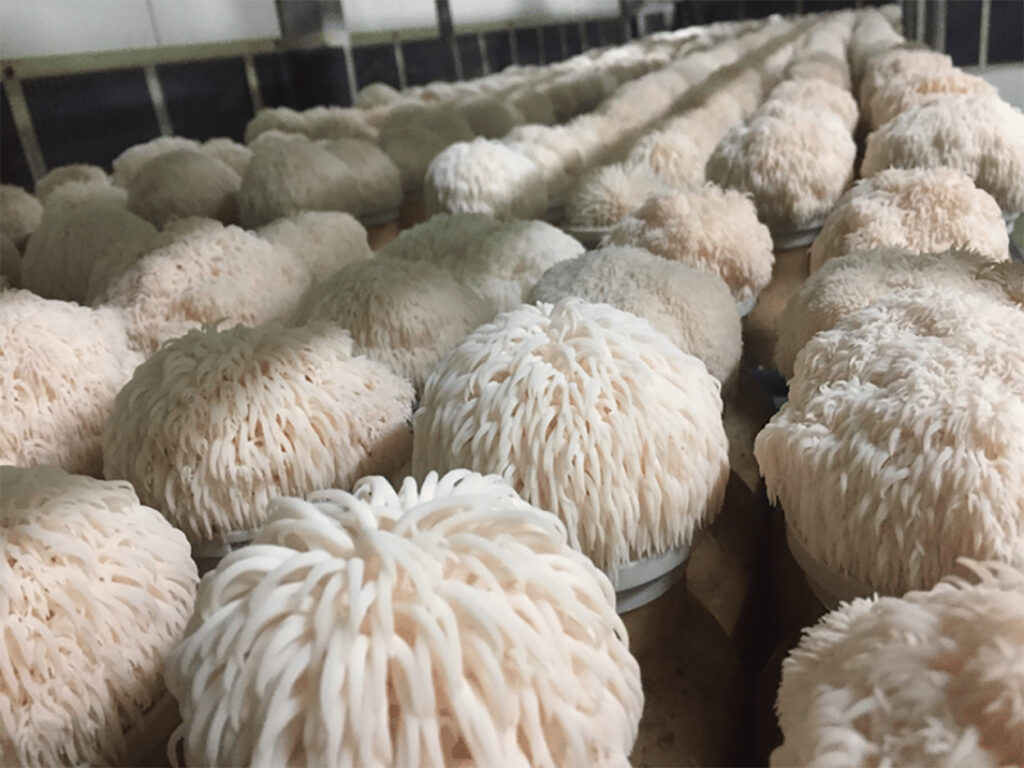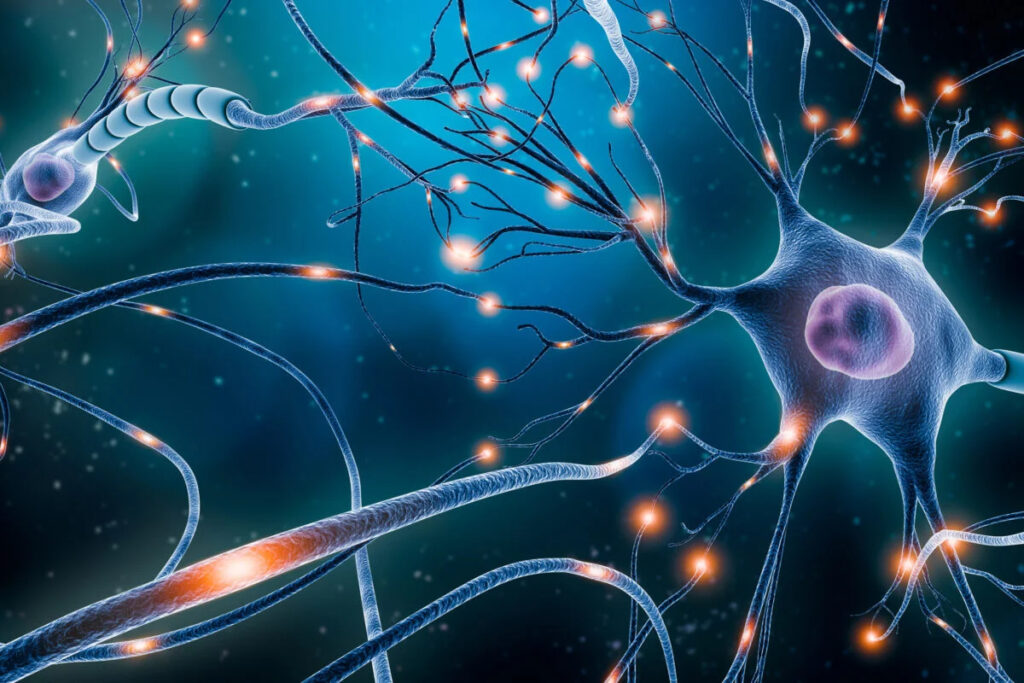New Active Compounds in an Edible Mushroom Boost Nerve Growth and Memory
Memory loss can be aggravating and debilitating, and several factors can cause it. For most people, normal aging can cause the illness. However, several diseases can also lead to memory loss. Several areas of the brain help create and retrieve memories, and any problem in these areas can cause forgetfulness.
For example, a person can sustain an injury to the brain due to a brain tumor, cancer treatment, head trauma, lack of oxygen in the brain, major surgery, or severe brain infection. A stroke, hydrocephalus, dementia, multiple sclerosis, bipolar disorder, schizophrenia, and depression can also be contributing factors.
Some conditions are temporary, while some become permanent. Some cases of memory loss are treatable, while others have no known cure.
Discovery of an active compound
A research team from the Queensland Brain Institute in Australia, led by Professor Frederic Meunier, published a report stating that his team successfully identified new active compounds from an edible mushroom. The active compounds can potentially enhance memory and improve nerve growth, which could lead to the treatment of debilitating brain diseases like Alzheimer’s.
The source of the active compounds is Hericium erinaceus, which most people call Lion’s Mane Mushroom, bearded tooth fungus, or mountain-priest mushroom. The edible mushroom grows in Asia, Europe, and North America. Traditional Chinese medicine practitioners use the mushroom to improve digestive health and the immune system.
A boost for brain cells
The research team gained very promising results in their pre-clinical trials. While traditional medicine practices in Asian countries use extracts from the lion’s mane mushrooms, researchers want to determine its potential effect on brain cells scientifically. In their pre-clinical testing, the lion’s mane mushroom significantly affected brain cell growth and memory improvement.
Encouraging neuron projections
Prof. Meunier explained they measured the neurotrophic effects of the compounds they isolated from the Hericium erinaceus and applied them on cultured brain cells during the laboratory tests they conducted. They found that the active compounds facilitate neuron projection by extending and connecting with other neurons.
Using a microscope with super-resolution, they found that the mushroom’s active components increased the growth cones’ size, which is vital for the brain cells to perceive their environment and build new connections with the other neurons in the brain
Dr. Ramon Martinez-Marmol, co-author of the study said that the new compound could have applications in the treatment and protection against Alzheimer’s disease and other neurodegenerative cognitive disorders.
Mushrooms for neurological treatments
Traditionally, the H. erinaceus has been used for the preventive treatment of stomach aches and cancers. But the lion’s mane mushroom is a nootropic (cognitive enhancer) fungus with a significant neurotrophic profile because of bioactive ingredients, such as alkaloids, erinacines, hericerins, lactones, polysaccharides, and steroids.
In their study, the research team extracted, purified, and identified the H. erinaceus’ major compounds: hericene A, corallocin A, 4-[3′,7′- dimethyl-2′,6′-octadienyl]-2-formyl-3-hydroxy-5- methyoxybenzyl alcohol, and N-de phenylethyl isohericerin (NDPIH).
In their in vitro and in vivo studies, the research team learned that hericenones and erinacines could cross the brain-derived neurotrophic factor (BDNF) successfully. The BDNF is an important molecule helping in the plastic changes in the brain involving memory and learning. The researchers claim their study is the first to show evidence of a pro-BDNF signal-enhancing behavior for hericine A and lion mane’s mushroom. In their study, hericine A is the active ingredient responsible for the neurotrophic function. Further, hericene A boosted neuritogenesis and improved memory even at very low concentrations.
Based on their experiments with lab rats, adding a crude extract of H. erinaceus increased the animals’ recognition memory. They also noted that supplementing the test animals’ diet with low concentrations of purified hericene A has the same effect.
While the pre-clinical results are promising, the effects of H. erinaceus and hericene A need further study.

